No products in the cart.
Black Pepper
Weight: it depends on the customer’s demand
Nutritional ingredients: vitamin C, calcium, essential oils, Piperin, and Chanvixin. Piperin and Chnvixin are two types of alkaloids that have pungent and spicy tastes. Peppers also contain fat, starch, and ash.
Benefits: peppers have a great smell and spicy taste. They also stimulate digestion and become supportive elements in treating diseases. As antioxidants, peppers strengthen the immune system and prevent the destruction of cells, which cause cancers and heart diseases. Depending on the purpose of the users, peppers have two forms – white peppers and black peppers. White pepper is less fragrant than black pepper, but it is spicier.
Preservation: keep black peppers in cool and dry places without sunlight.
Expiration date: 2 years


 Tiếng Việt
Tiếng Việt



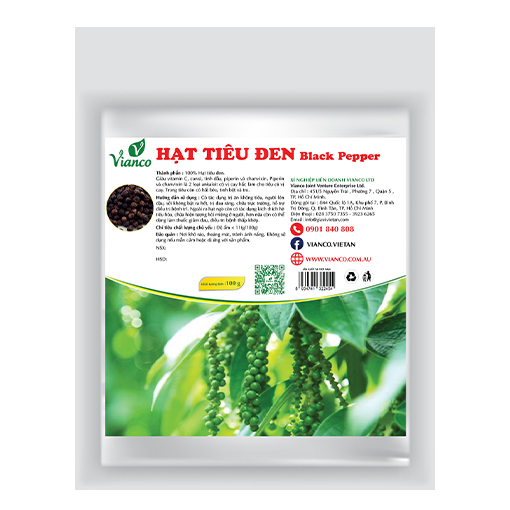
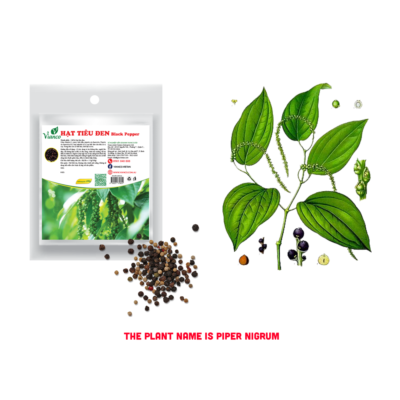
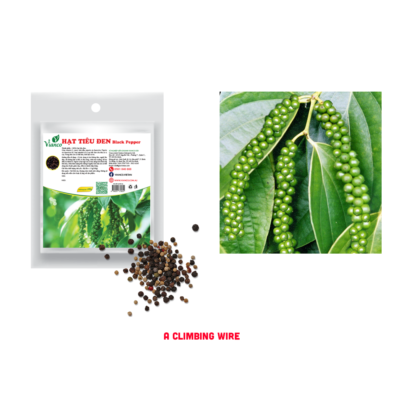




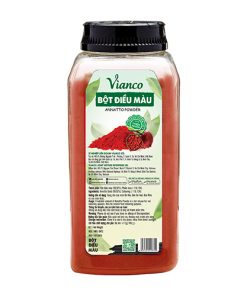
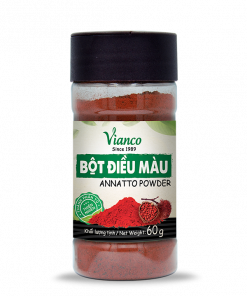

Reviews
There are no reviews yet.